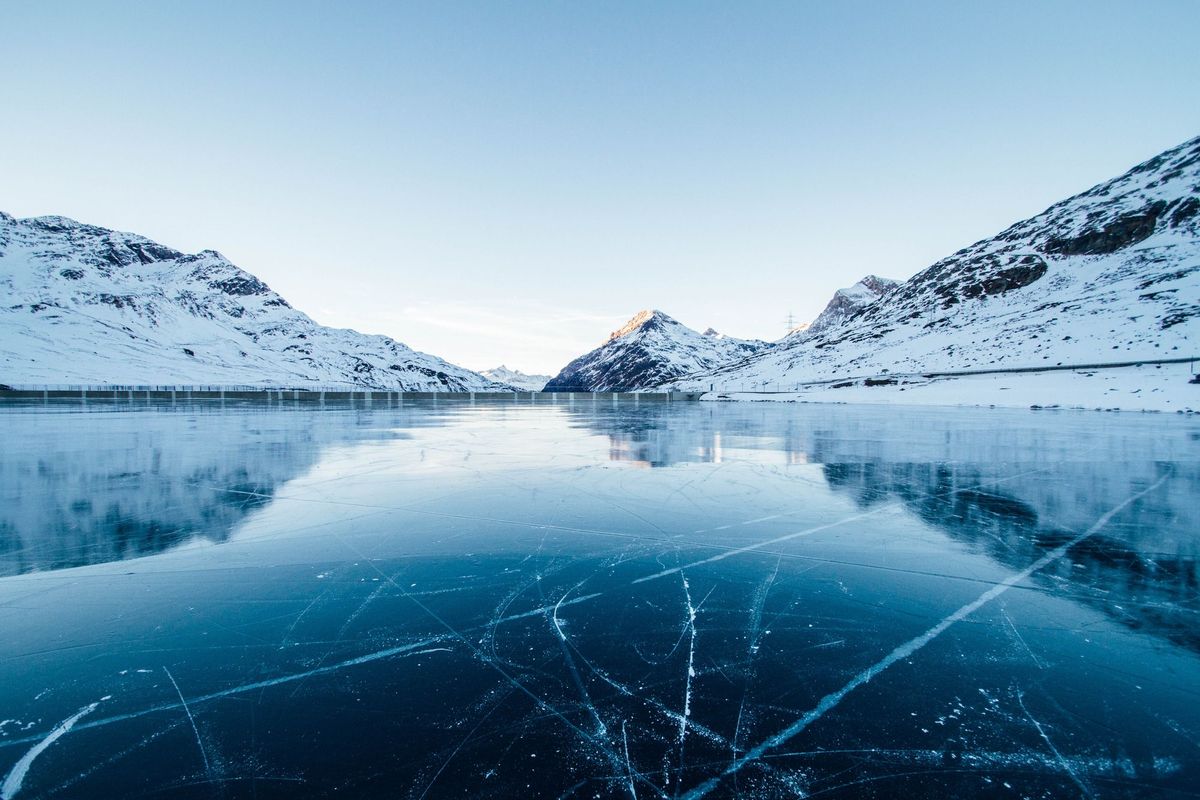Melting glaciers – what risk do these “inland tsunamis” pose?
With global temperatures rising, glaciers are melting.

A few minutes every morning is all you need.
Stay up to date on the world's Headlines and Human Stories. It's fun, it's factual, it's fluff-free.
The backstory: With global temperatures rising, glaciers are melting. When this happens, they turn into bodies of water called glacial lakes, which fill the space where the glacier used to be. As more of the glacier melts, the water level rises, and this can lead to a catastrophe called a "glacial lake outburst." Think of it as a sudden dam collapse or an "inland tsunami," where the water can suddenly rush down the mountains, carrying debris.
More recently: These floods often happen without warning, killing thousands of people and causing lots of damage. For example, Peru's Cordillera Blanca mountain range has had many devastating floods and avalanches after more than 30 glacier disasters in the past 80 years, killing more than 15,000 people. And Pakistan has more glaciers outside the polar regions than any other country. It had at least 16 glacial lake outbursts last year, although it's hard to say how much of the country's recent flooding could have been related to these kinds of events.
The development: A study published in Nature Communications found that about 15 million people worldwide live within 30 miles (48 kilometers) of a glacial lake and are at risk of these outbursts. Most of them are in India, Pakistan, Peru and China.
High-Mountains Asia, which includes Nepal, Pakistan and Kazakhstan, is the region most at risk. Every person there lives just about 6 miles (10 kilometers) from a glacial lake. The Andes region spanning Peru and Bolivia is also worrisome because glaciers have been melting there quickly with climate change and forming enormous glacial lakes. On top of that, scientists haven't done as much research in that region. On the other hand, North America and the European Alps are not as vulnerable because most people don't live near glacial areas.
Key comments:
"These glacial dams are no different to constructed dams," said Tom Robinson, a co-author of the study and a senior lecturer at New Zealand's University of Canterbury, to CNN. "If you take the Hoover Dam, for instance, you've got a massive lake behind it, but if you suddenly remove the Hoover Dam, that water has to go somewhere, and it's going to come cascading down a valley in massive flood waves."
"This is a really nice first pass to understand where we have invested a lot of our time and our research efforts and where we can improve," said David Rounce, a glaciologist at Carnegie Mellon University, to CNN. Rounce also said the method the authors used could be applied to future projections "to understand where that exposure might change in the future, or where that hazard might change."
"We, as a global community, only have limited resources – and some of us have access to more resources than others. We want to be making sure those resources are put to good use in the areas where impacts could potentially be quite severe," said Tom Robinson.




Comments ()